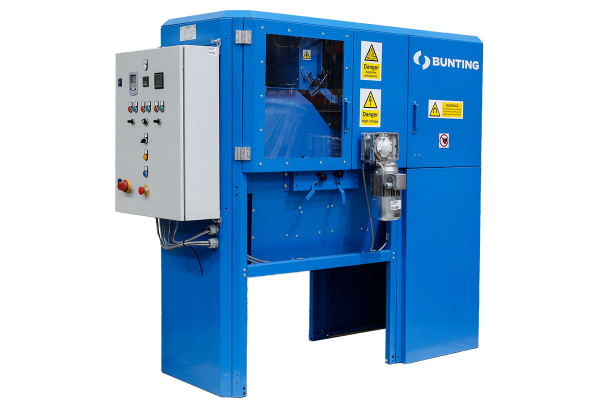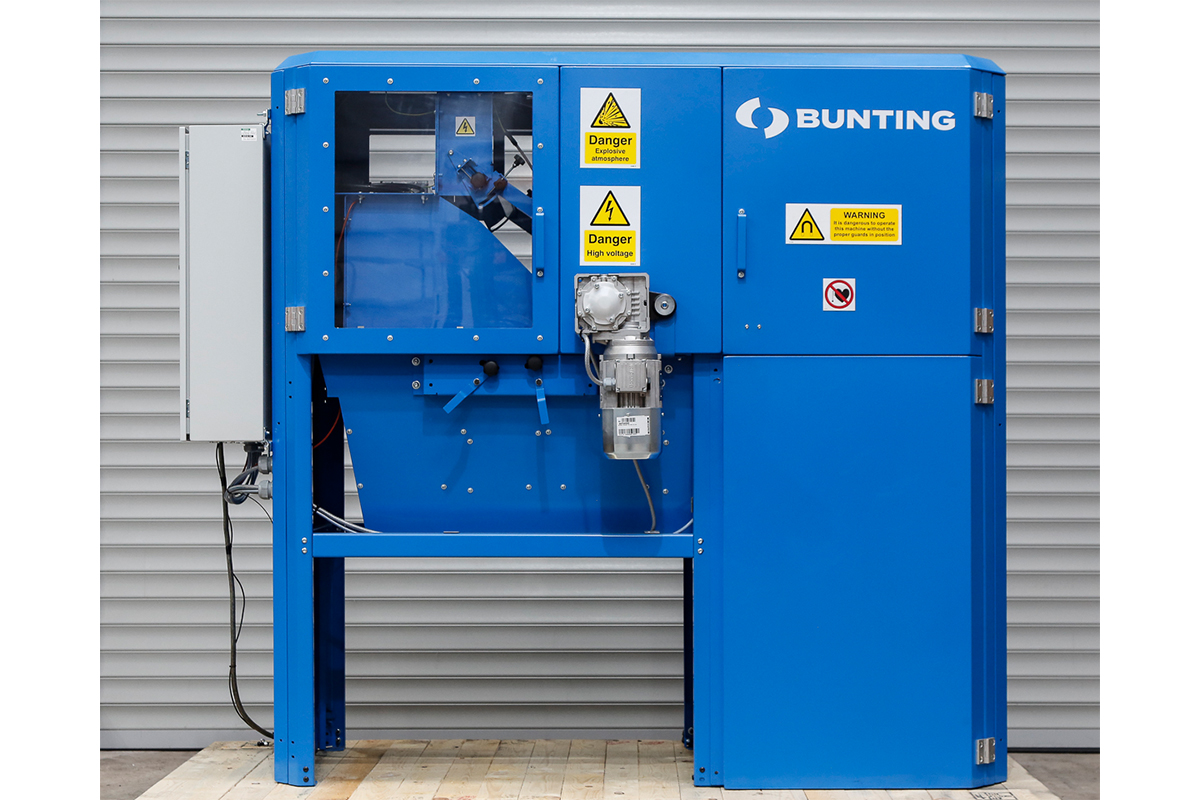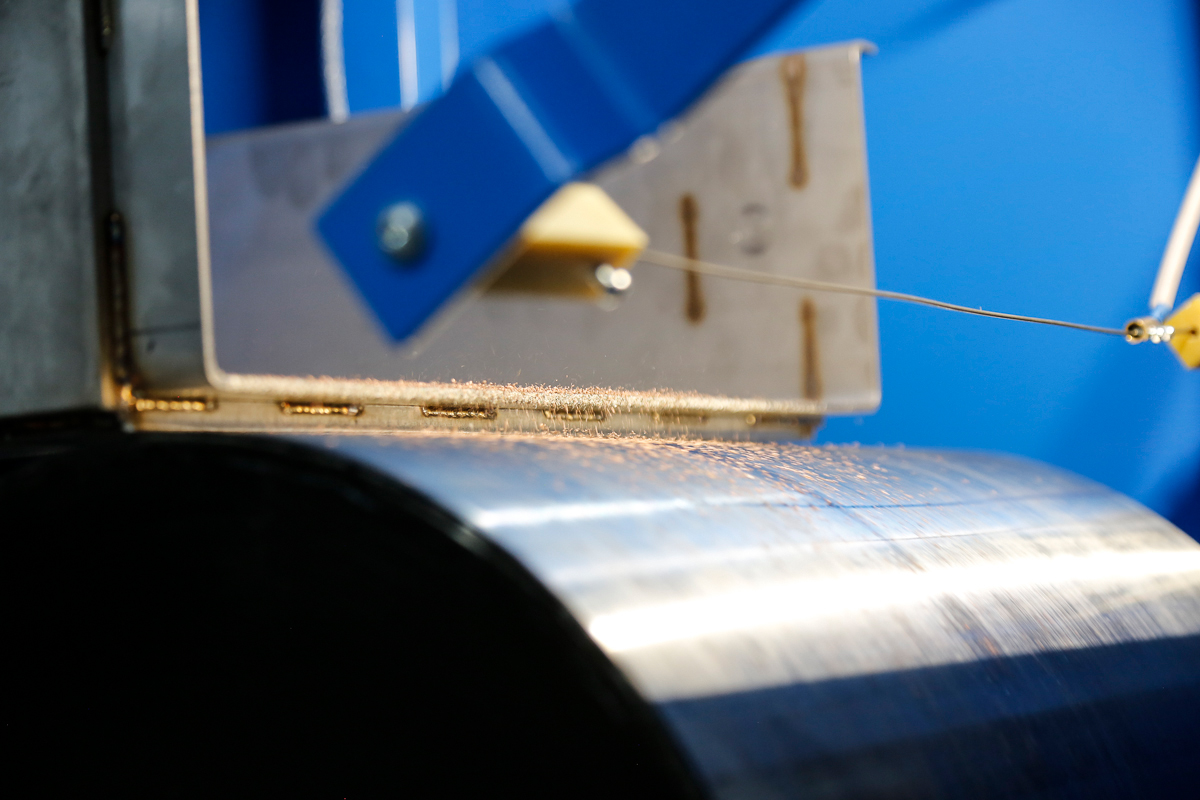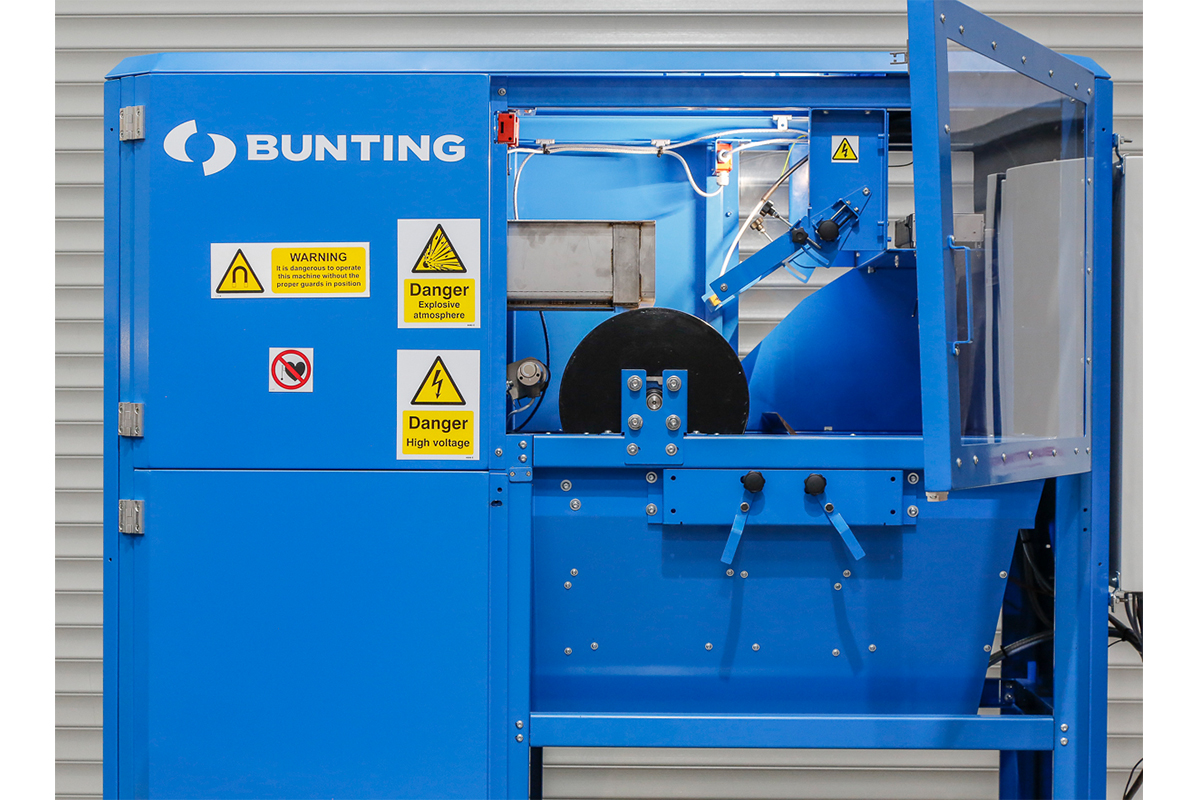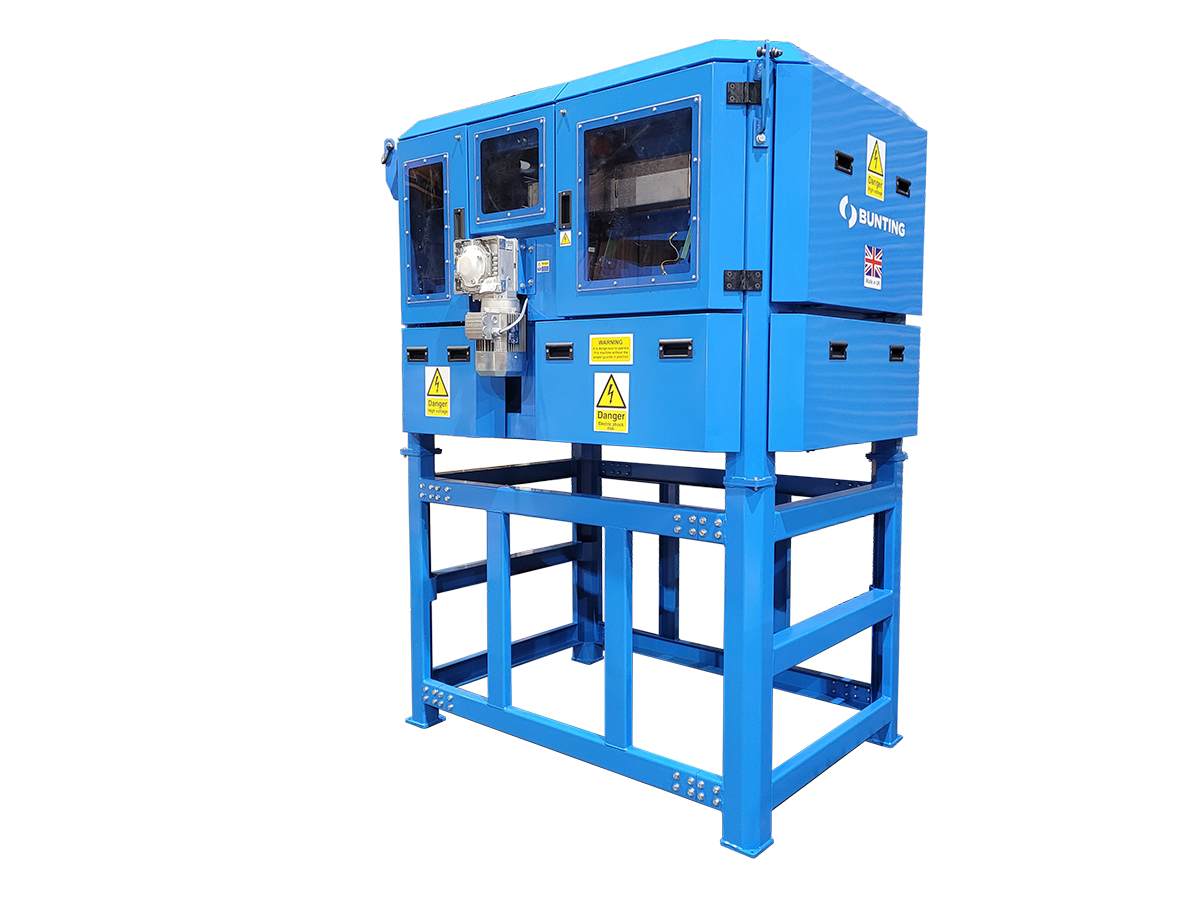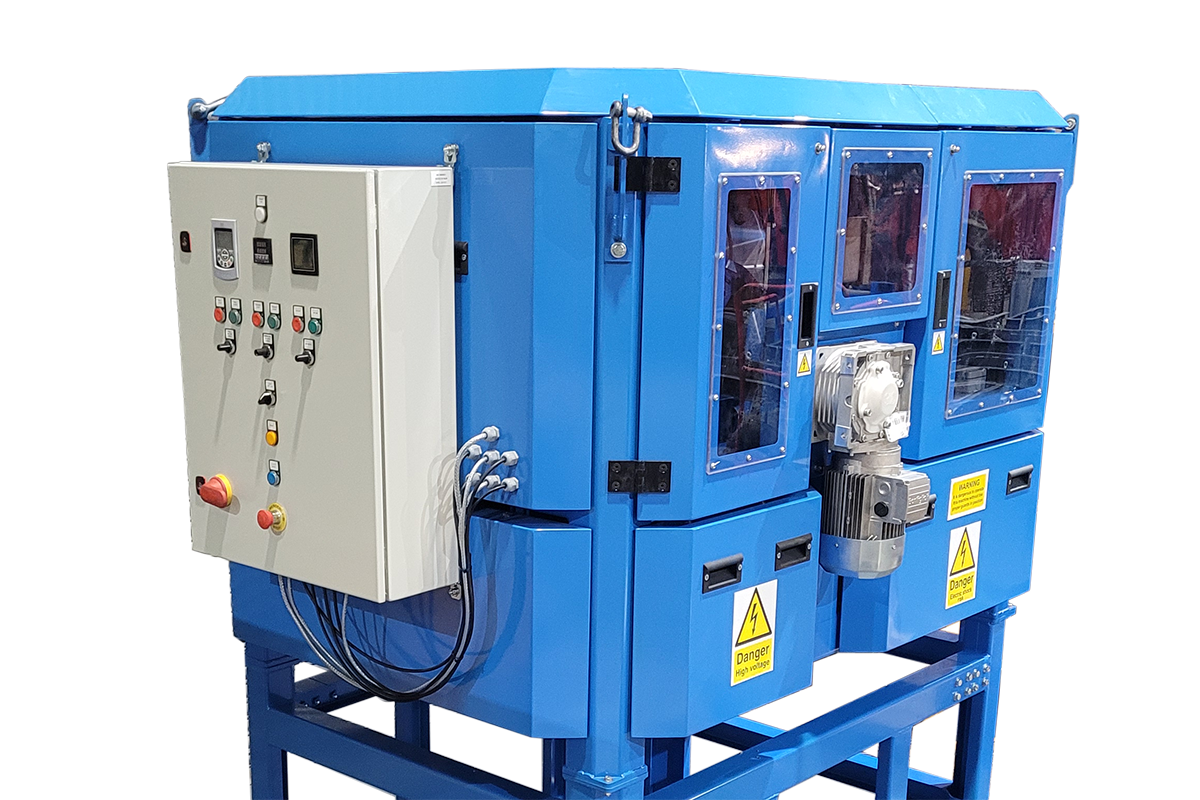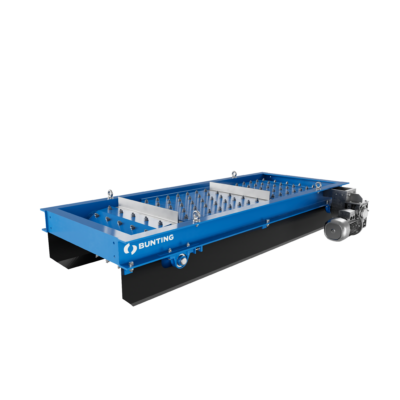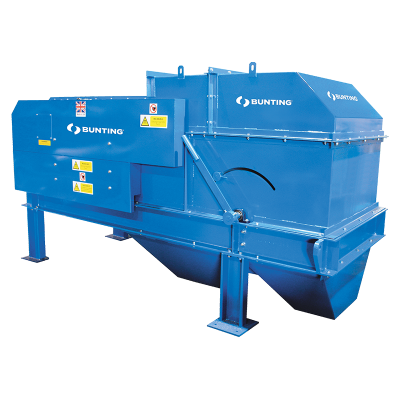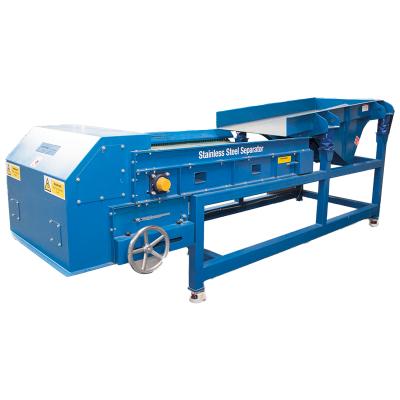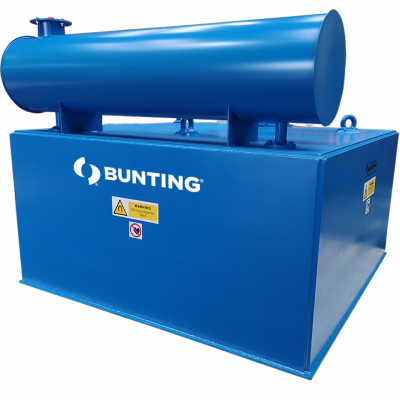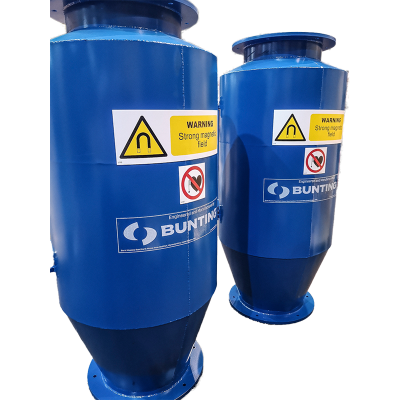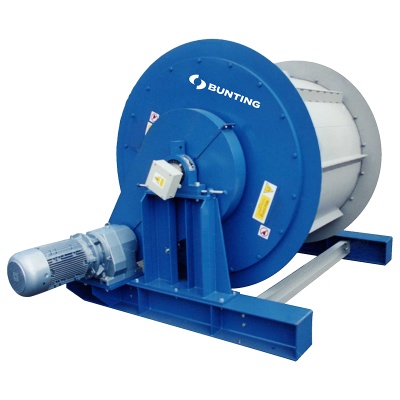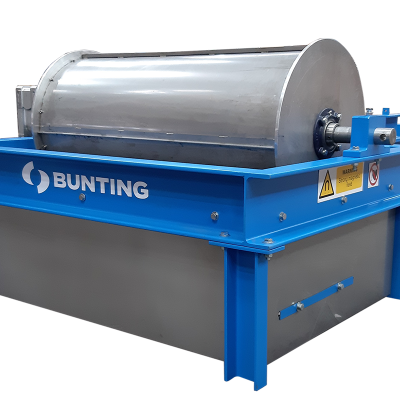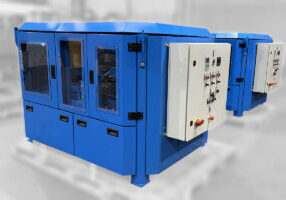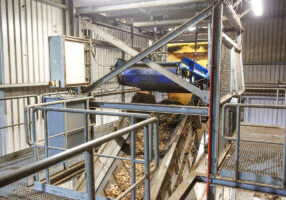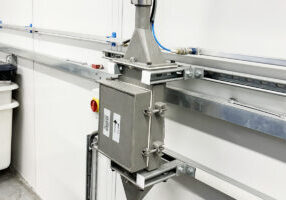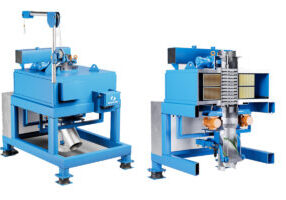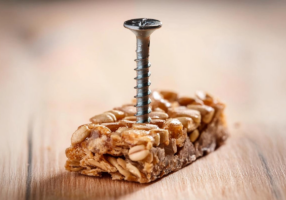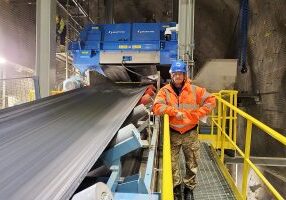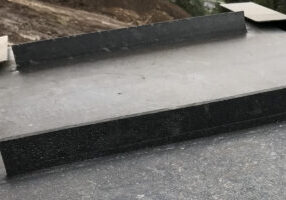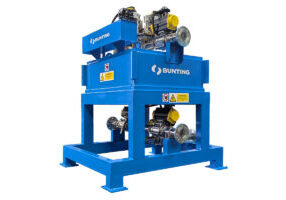Description
ElectroStatic Separators provide the only existing mechanical separation method for a number of mineral and recycling applications. The new Bunting design has been developed in conjunction with technical experts in mineral processing and recycling technology.
The Bunting design is the culmination of several years of technological development and research. As a global leader in the design and supply of high-intensity Magnetic Separators, Bunting is continually working with companies involved in mineral processing and recycling. However, magnetic technology is unable to separate certain minerals and materials and subsequent research identified electrostatic technology as the solution. The new ElectroStatic Separator is an important addition to the Bunting range of separation solutions.
Operation
In operation, an ElectroStatic Separator exploits the difference in electrical conductivity between various materials in a feed material to produce a separation. The ability to produce a separation depends on a number of key material characteristics including:
- Conductivity
- Moisture content
- Particle size range
In many applications, commonly where the particle size range is fine, the ElectroStatic Separator is the only technology able to execute separation (e.g. -2mm granulated cable scrap). The technology also replaces less environmentally friendly separation processes such as froth flotation in mineral processing applications (e.g. separation of zircon from silica sand).
ElectroStatic technology utilises the difference in conductivity between insulators (plastics) and conductors (copper and aluminium) to obtain a separation on an earthed roll. The insulators are pinned to the earthed roll via an image force whilst the conductors lose their charge and are thrown from the roll by the centrifugal force generated. Separations can also be achieved between particles of different conductivity (e.g. copper and aluminium).
Models
The ElectroStatic Separator is supplied as either a single or double-stage system. There are three sizes designed to handle different capacities with feed widths of 500, 1000 and 1500mm.
Applications
ElectroStatic Separators feature in plants processing minerals, producing plastics, and recycling secondary metals (e.g. plastics, metals, cable, and others).
Typical applications:
- Wire recycling:
- Separate plastics (insulators) from conductors (Copper and Aluminium);
- Separate conductors (Copper and Aluminium);
- Secondary metal recycling;
- Mineral processing (e.g. used in conjunction with high-intensity magnetic separators in separating beach sands);
- Plastic recycling (e.g. shredded window frames separating aluminium from plastic);
- WEEE
Videos
